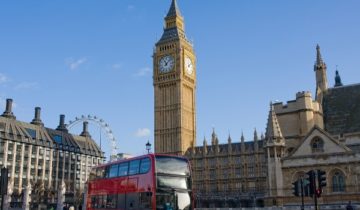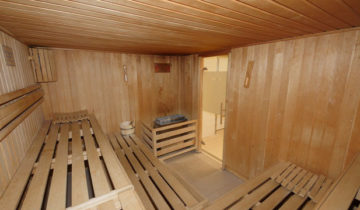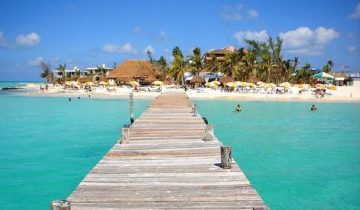Why visit Lima, Peru? and penthouses to rent: The Magic Water Tour was opened in the Park of the Reserve in 2007, and within a year counted two million visitors. It holds the record for the largest fountain complex in the world, with 13 separate fountains. The largest, the Fuente Magica, shoots a jet of water more than 80 meters high, while the Fuente Tunel de las Sorpresas (Tunnel of Surprises) is a 35-meter tunnel of water to walk through. At the Fuente de la Fantasia, you can see a laser and picture show with jets synchronized to music.
You can find this bridge, and its surrounding park, in the Barranco district. The bridge was built in 1876 and is small and wooden, but looks rather like something found on a postcard, which is why you may run into people posing for wedding photos as you walk around. The hustle and bustle of Lima’s Chinatown is not to be missed. Start on the main walkway, which is lined with Chinese-themed benches and lampposts and is not far from the Metropolitano, Peru’s bus rapid-transit system. From there, find a chifa restaurant (Chinese–Peruvian fusion food) and enjoy a meal.
The Plaza de Armas, also known as the Plaza Mayor, sits at the heart of Lima’s historic center, one of the few remaining parts of the city that still gives a sense of the city’s colonial past. Acknowledged for its historical and cultural significance by being awarded UNESCO World Heritage status in 1988, this is the spot where Francisco Pizarro founded the city in 1535. A colonial fountain serves as the square’s centerpiece, while some of Lima’s most important buildings surround the historic plaza. Arm yourself with a camera and take a trip to the Palacio de Gobierno, official home to Peru’s President, on the northern side of the square where, at noon, you can watch the changing of the palace guard. To the southeast lies the Catedral de Lima, the final resting place of Pizarro himself and built on the plot of Lima’s first church. Further photo opportunities include the Archbishop’s Palace and the Municipal Palace (Lima’s City Hall), both of which are adorned with ornately carved, and magnificently preserved, wooden balconies.
Iglesia Inmaculada Corazon de Maria (corner of Sucre and 28 de Julio) is the neighborhood’s main landmark. The church’s unique 5-story teal and pink dome is visible from most of the neighborhood, especially at night when the church’s facade is brightly lit. It is topped with a statue of the Virgin Mary by Ariquepeno artist Freddy Luque Sonco. Magdalena’s Malecon is a work in progress, and although it’s not as beautiful as Miraflores’, it can be a pleasant place for a walk in the sunset—just avoid young necking couples and the kids on bikes, as it seems to be a popular place to go when you’re learning to lose the training wheels (take that how you will). Read more pictures of this incredible ocean view penthouse on @AmazingPeruPenthouse on Facebook. Need a place to stay in Lima, Peru? Read more info at Amazing penthouse in Lima, Peru with full ocean view.
Groundbreaking for the construction of the original Lima Cathedral took place in 1535, and was expanded over the years. After it was destroyed several times by earthquakes, it was demolished and a totally new cathedral built several centuries later. The current cathedral is based on the 1746 cathedral. With additions over the years, the cathedral represents architectural styles from baroque to neoclassic. Located in historic Lima, the ornate cathedral has 13 chapels; the cathedral’s main altar is gold-plated. Saints, virgins and apostles are carved into the choir stalls. The Spanish explorer Francisco Pizarro, who conquered Peru, is buried here. The cathedral is even more impressive when it is lit up at night.



